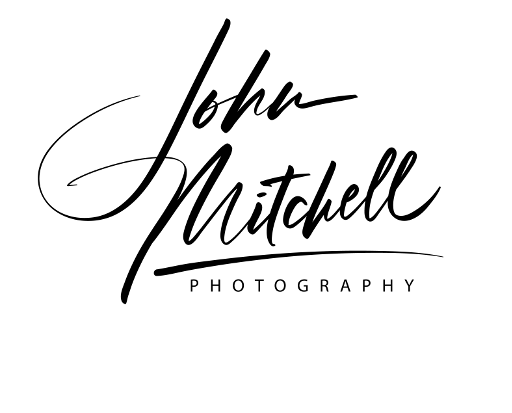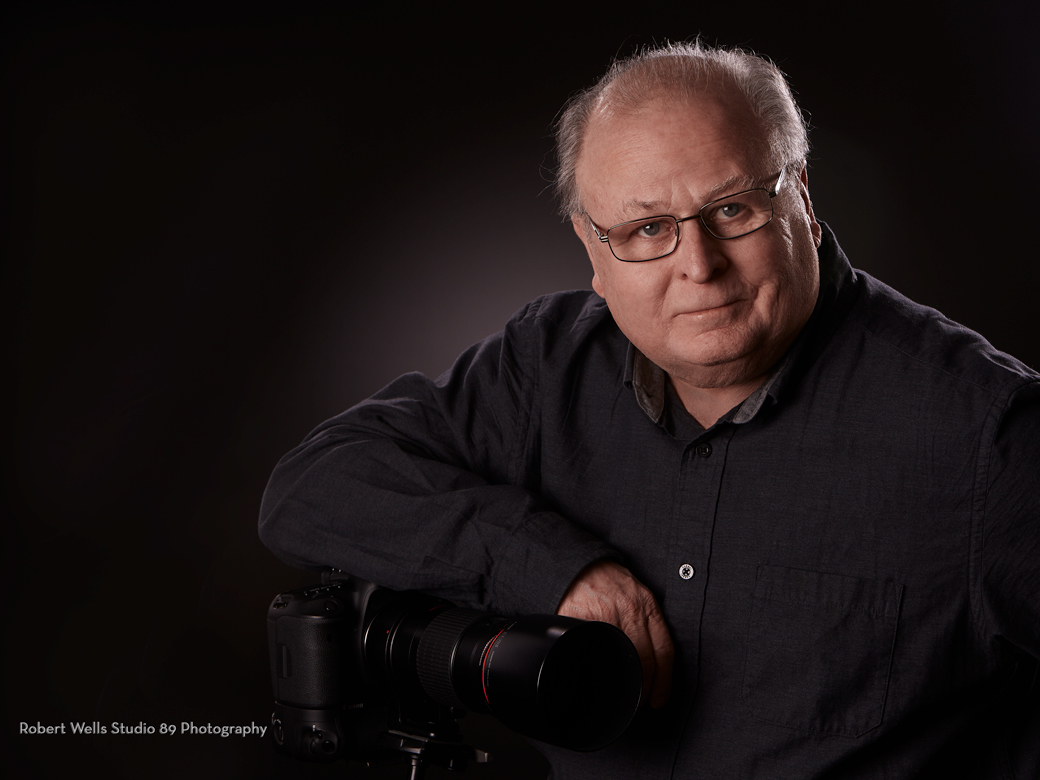Does it have clarity?
Right away when I wrote this I thought “is it in focus” and I guess photographically that is the obvious way to thinking of clarity.
Is that important? Absolutely.
I have seen images that were what we often call “soft”; the polite way of saying it’s out of focus, and when it was mentioned the image maker fought back with but look at the message and impact – it’s so clear. The answer they don’t like is “tell me how being out of focus has made the message or impact stronger than if it had been in focus. How has bad technique made this image better?”
But that’s not the clarity I am referring to here.
Clarity and impact.
It is often hard to explain what I mean by clarity of impact but this morning I happened to notice a half page ad in the Globe and Mail business section. It was a perfect example and for once I was smart enough to think “take a picture of it.”

I am assuming the people in this ad are all wonderful people (I don’t know any of them.) What the ad tells me is they are all doing wonderful things for a very worthwhile cause and we should all be thankful for people like this in our society. However, as a photographer I look at 11 different head shots appearing together and immediately notice the degree of difference in the clarity of impact of each portrait.
Here are the things I am looking at:
- The eyes are the window to the soul. Can you see the soul through the eyes or are the eyes hidden in shadow? This is why lighting is so important in photography; you are literally painting the subjects face with light. When I come to your office I come with a set of ‘studio lights’ ready to paint your face.
- Is the mask of the face the first thing you see in the image? With any art your eye will be drawn to the lightest area in the image and the area of highest contrast. One of the best examples of this is Rembrandt and the way he would draw a viewers attention to the most important part of a painting by making it lighter than the rest of the image.

- Your eye will go to the area of highest contrast as in dark clothes or hair on a white background. This only takes attention away from the mask of the face and confuses the viewer as to what is the important part of the image.
- Using the environment as the background can be a very effective way to tell the story but you need to make sure it is not distracting and taking attention away from your message. Blurry backgrounds can help keep attention on the subject unless they are blurry and bright in which case the viewer may be trying to figure out what is in the background instead of seeing the subject. Distinct lines such as window frames or horizon lines through the head will definitely take the viewer’s attention to the background and away from the all important eyes in a business portrait or head shot.
Many marketing gurus have said that before you can sell your product or service you have to first sell yourself. That begins with a clear message of who you are. Does your image have clarity?




